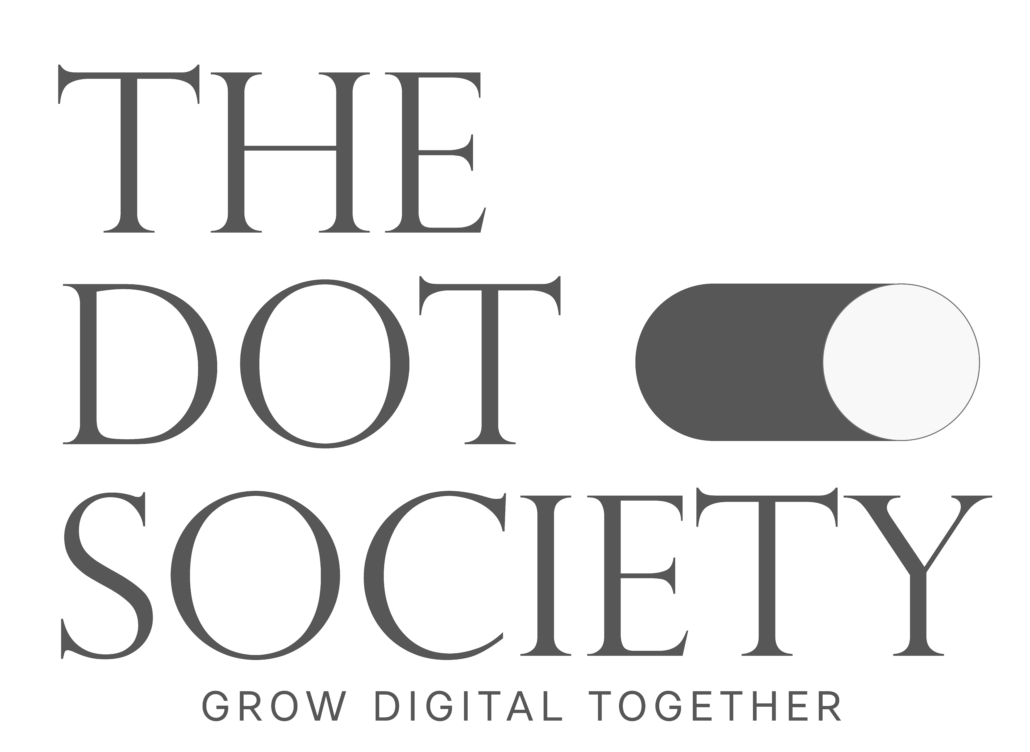The Emerge of Social Shopping and how to implement it on your channels.
The use of social media platforms to discover and shop has gained a lot of traction as a
result of the global pandemic since many customers were unable to visit stores. Instead, they spent more time at home, browsing through their social media feeds. A recent study argued that 74% of customers are more likely to shop via social media, than they were before the pandemic.
What is social shopping?
Social shopping is a merger between social media and e-commerce. This means that the selling process takes place on social media platforms, rather than using social media to drive more traffic. In other words, brands have to tag their products in their social media, which allows people to shop the products directly from the content. This way, customers can shop a product directly without having to scroll through pages. Back in the day, we already wrote an article that explains social e-commerce thoroughly. Therefore, this article will rather focus on the implementation of social shopping on your platforms.
Types of social shopping
Below you can find some ways on how you can make the most of your social media platforms to engage in social shopping.
1) Including “Shop-now” links
A brand can include products with a “shop now’ button, swipe up function or checkout feature in their posts or stories. This way, customers are directed to the brand’s social media product page (shop) or e-commerce site to purchase the advertised product here. Product pins on Pinterest allow brands to use images of their products to promote online shopping links. If customers pin these to their personal boards, users may share and shop them.
2) Using videos / livestreams
Brands can use videos on Instagram, Tiktok or Facebook to highlight product features and present things from their catalogue in a more natural and relatable way. In addition, video is one of the top ways we consume online information. As a result, marketers consider video to be the most beneficial content format to achieving their goals through social media. So maybe consider transforming your video posts into an immersive shopping experience. Here we advise you to keep it short and simple, yet include storytelling. Furthermore it is best to focus on one single topic.
3) Influencer marketing
We often suggest working together with influencers so they can share your brands’ services or products on their social media platforms. This way, they can encourage customers to visit your website. Here, we advise hyper-targeting by partnering with small but nice influencers who are credible.
4) User generated content
Brands often encourage people to create their own content relevant to their products or services. Often this is done by the use of specific UGC challenges, accompanied by hashtags, prizes or polls that encourage customers to answer questions. When individuals generate and share content related to your brand, it will increase awareness. Consumers claim that posts that feature UGC, are 76% more trustworthy than branded content. So start gathering UGC from your customers and start showcasing them on your social feeds, website homepage and product pages.
Social Shopping Platforms
But now let’s have a closer look at which platforms might be interesting for your social shopping strategy:
1) Facebook / Instagram (shop)
The Facebook / Instagram shop allows you to browse products and make in app-purchases. Furthermore, you can add a chatbot which makes communication with your customers a lot easier. All you need is access to the Facebook business account to create your own well-customised Facebook/ Instagram shop.In addition to this, you can also tag the products in your organic posts so the customer will automatically be redirected to your Instagram store. Do you want some extra information about the FB/ IG shop? This article might answer your questions. Or do you need some extra instructions on the set-up of this shop? This article is the one you’re looking for.
2) Instagram shoppable feed
With this option, you can shop directly from a post without leaving Instagram. However, this option is not available in Belgium yet, but it might be in the near future!
3) Pinterest
Pinterest is not a social media platform, but rather a community based-inspirational platform where people can follow the latest trends. However, on Pinterest you can also highlight specific products on the Pinterest shop through product pins, which then redirects a person to the business website. You can also make use of the Pinterest buyable pins. This pin allows you to purchase directly from Pinterest, which shifts Pinterest into a converting point instead of an attraction point of sales. However, this option is not yet available in Belgium yet.
4) Tiktok
TikTok shopping provides a way for customers to buy products through the application without opening a web browser to go to a separate eCommerce store. This is done by tagging the products in a TikTok video so the customer will automatically be redirected to the shop. Despite the fact that this option is not available in Belgium yet, we expect it to be here sooner than you think.
Do you want to learn more about social shopping and which platforms might be interesting for your brand? Don’t hesitate to reach out, we’re more than happy to help!
This post is also available in: Dutch




